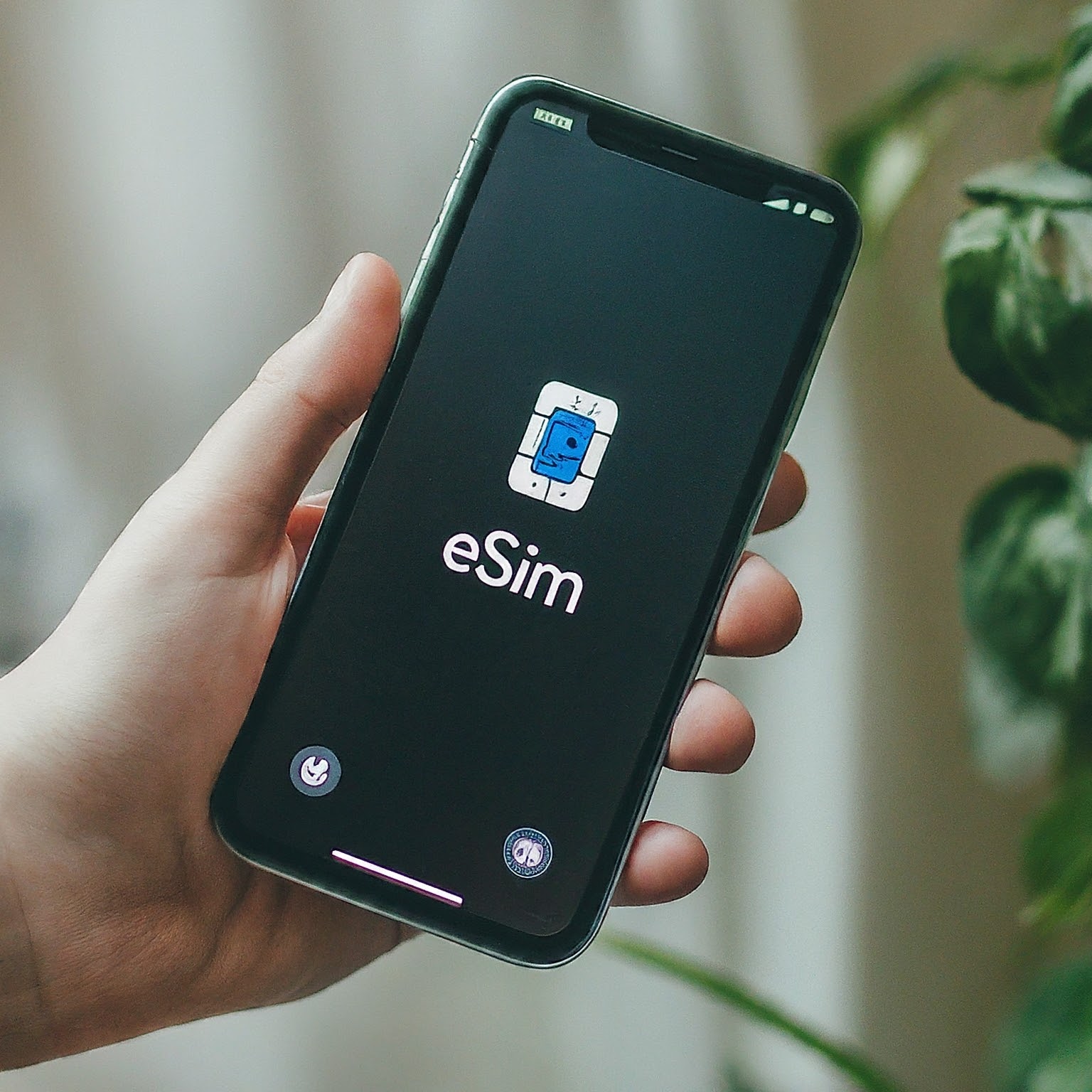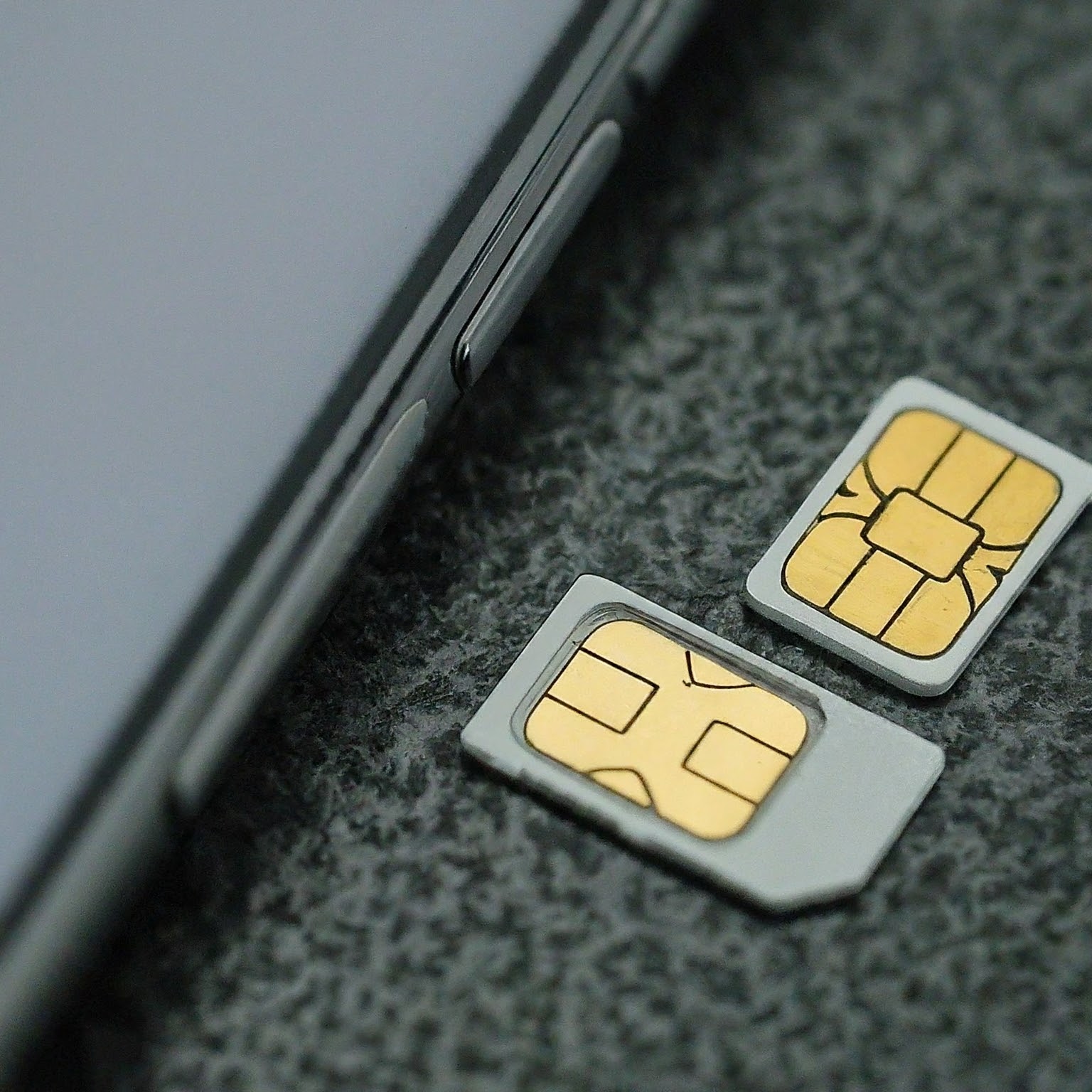In the rapidly evolving landscape of technology, the way we connect to cellular networks has undergone a significant transformation. Gone are the days of physically swapping tiny plastic SIM cards. Enter the eSIM, a digital revolution that’s reshaping the mobile experience.

Understanding the eSIM
What is an eSIM?
At its core, an eSIM is an embedded SIM card, a digital version of the traditional physical SIM. It’s a tiny chip soldered directly onto your device’s motherboard. Unlike its physical counterpart, which requires manual insertion, an eSIM is programmed remotely. This means you can activate a mobile plan without physically handling a SIM card.
How Does an eSIM Work?
The functionality of an eSIM is similar to a physical SIM. It stores your subscriber identity module (SIM) information, allowing your device to connect to a cellular network. However, the process of activation and management is vastly different.
To activate an eSIM plan, you typically receive a QR code or a digital download. Scanning the QR code or downloading the necessary information configures your device to connect to the desired network. This eliminates the need for physical SIM cards and the associated hassle.
Advantages of Using an eSIM
- Convenience: The ability to activate plans remotely is a game-changer. No more waiting for a physical SIM to arrive or visiting a carrier store.
- Multiple Plans: Many devices support multiple eSIM profiles, allowing you to switch between different plans or carriers effortlessly. This is particularly useful for travelers or those who need multiple phone numbers.
- Durability: Since it’s embedded in the device, there’s no risk of losing or damaging your SIM card.
- Environmental Impact: By reducing the production and disposal of physical SIM cards, eSIMs contribute to a smaller environmental footprint.
- Device Design: The absence of a physical SIM card slot allows for thinner and more water-resistant device designs.
eSIM Compatibility
While eSIM technology is gaining traction, not all devices are compatible. To check if your device supports eSIM, consult the device manufacturer’s specifications or contact your carrier.
It’s important to note that even if your device is eSIM capable, carrier support may vary. Some carriers have fully embraced eSIM technology, while others might still rely on physical SIM cards for certain plans or devices.
eSIM and Travel
One of the most significant advantages of eSIMs is their convenience for travelers. Instead of purchasing a local SIM card upon arrival, you can activate an international plan before your trip. This saves you time and money.
Many providers offer flexible data plans tailored to specific travel destinations, ensuring you stay connected without breaking the bank.
Security and Privacy
Concerns about security and privacy are natural when adopting new technology. However, eSIMs are generally as secure as physical SIM cards. The data stored on the eSIM is encrypted, and the activation process involves secure authentication methods.
It’s essential to choose reputable carriers and follow best practices for online security to protect your personal information.
The Future of eSIM
The future of eSIM technology is bright. As more devices become compatible and carriers expand their eSIM offerings, we can expect to see a gradual phase-out of physical SIM cards.
Beyond smartphones, eSIMs have the potential to revolutionize other connected devices, such as tablets, wearables, and even vehicles. This could lead to a more seamless and integrated connected ecosystem.
Challenges and Limitations
While eSIMs offer numerous benefits, there are still some challenges to overcome. For instance, not all carriers support eSIMs equally, and there may be limitations in terms of plan options or device compatibility.
Additionally, there’s a learning curve for users accustomed to physical SIM cards. Understanding how to activate and manage eSIM profiles might require some adjustment.

Conclusion
The eSIM represents a significant leap forward in mobile technology. Its convenience, flexibility, and environmental benefits are undeniable. As the technology matures and becomes more widely adopted, we can expect to see even more innovative applications emerge.
لا تعليق